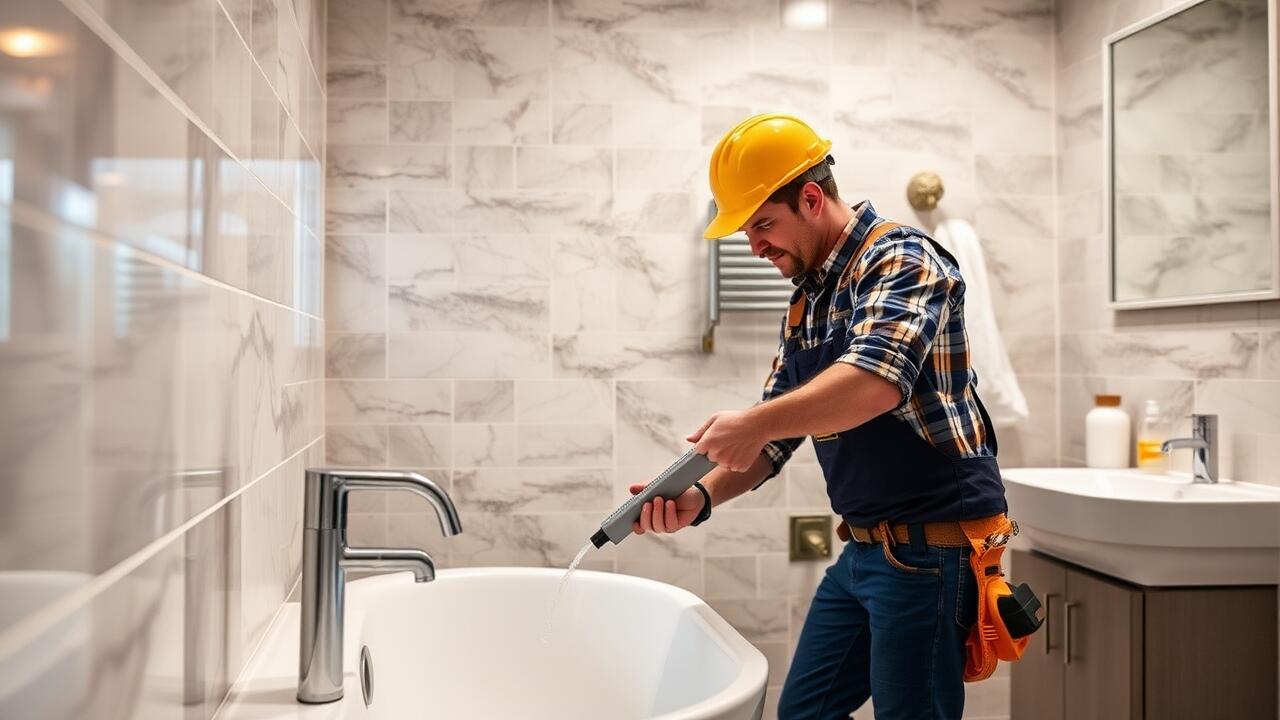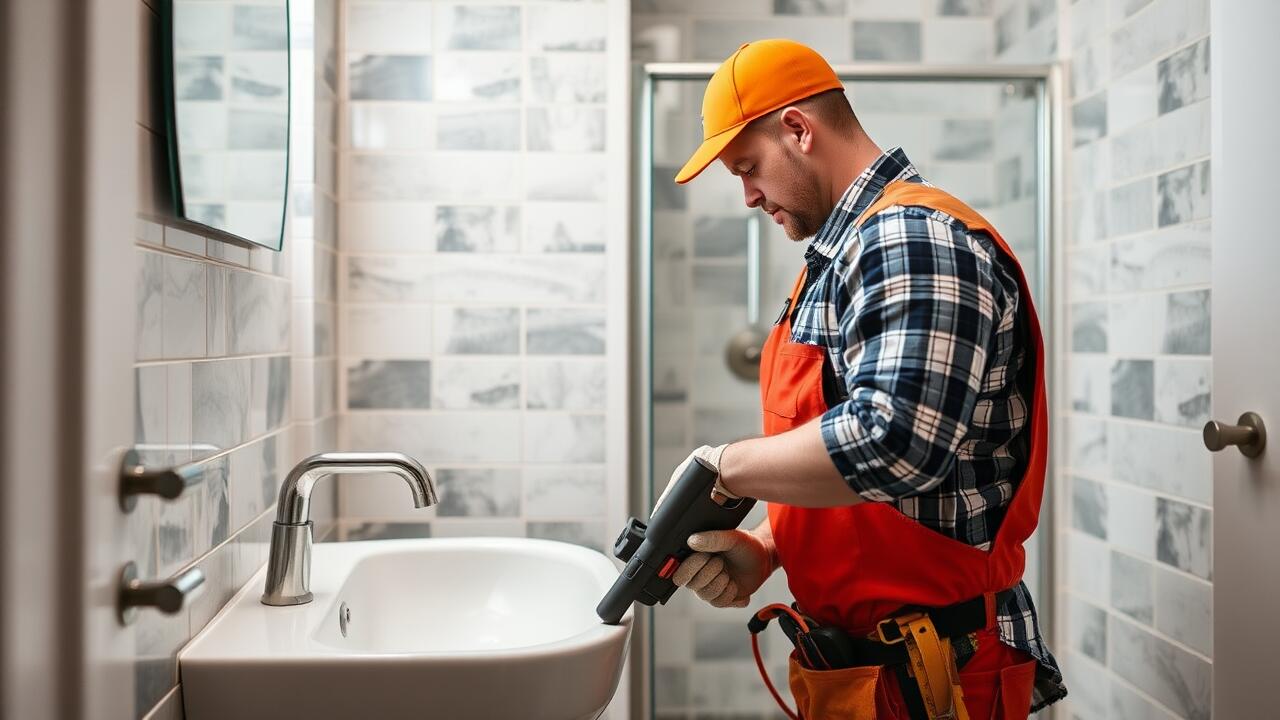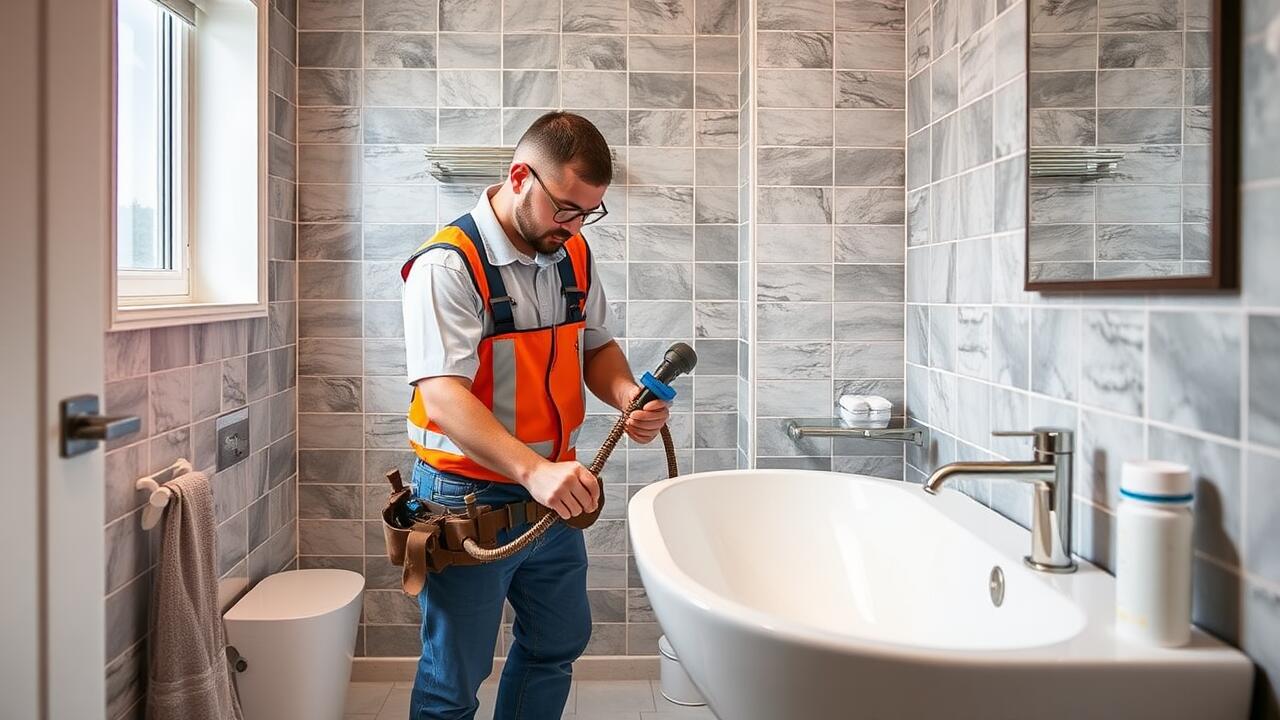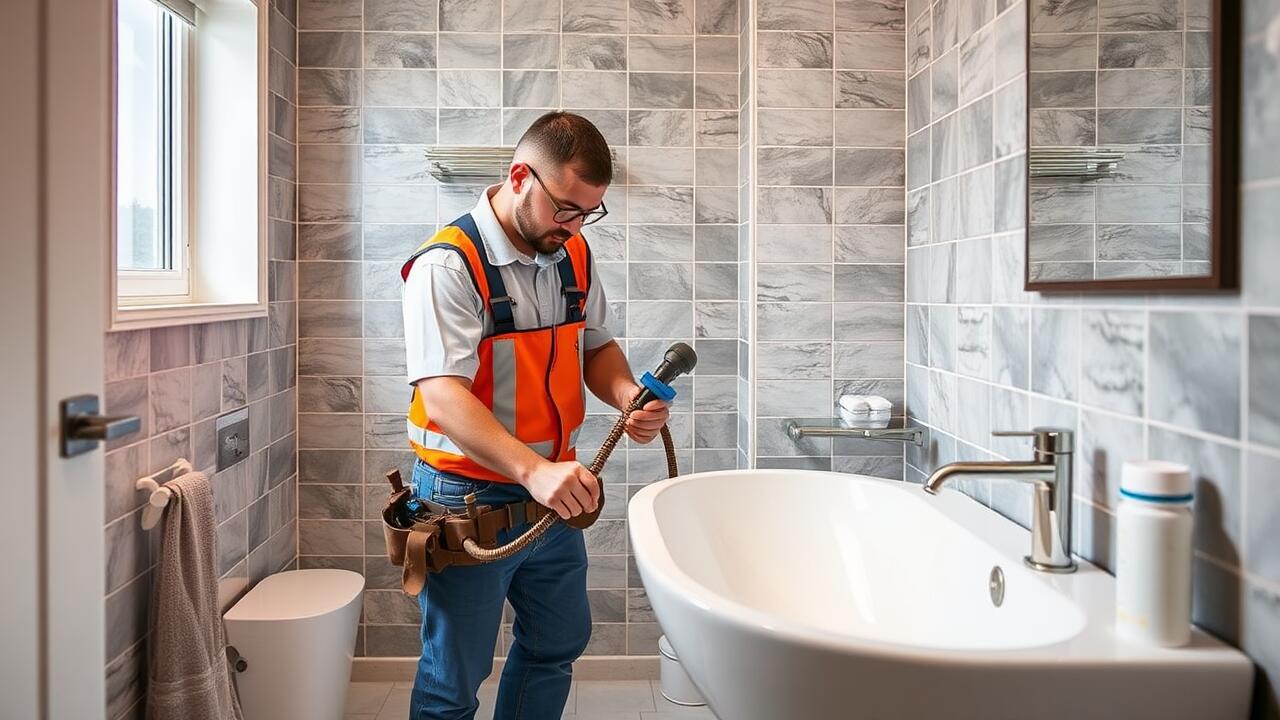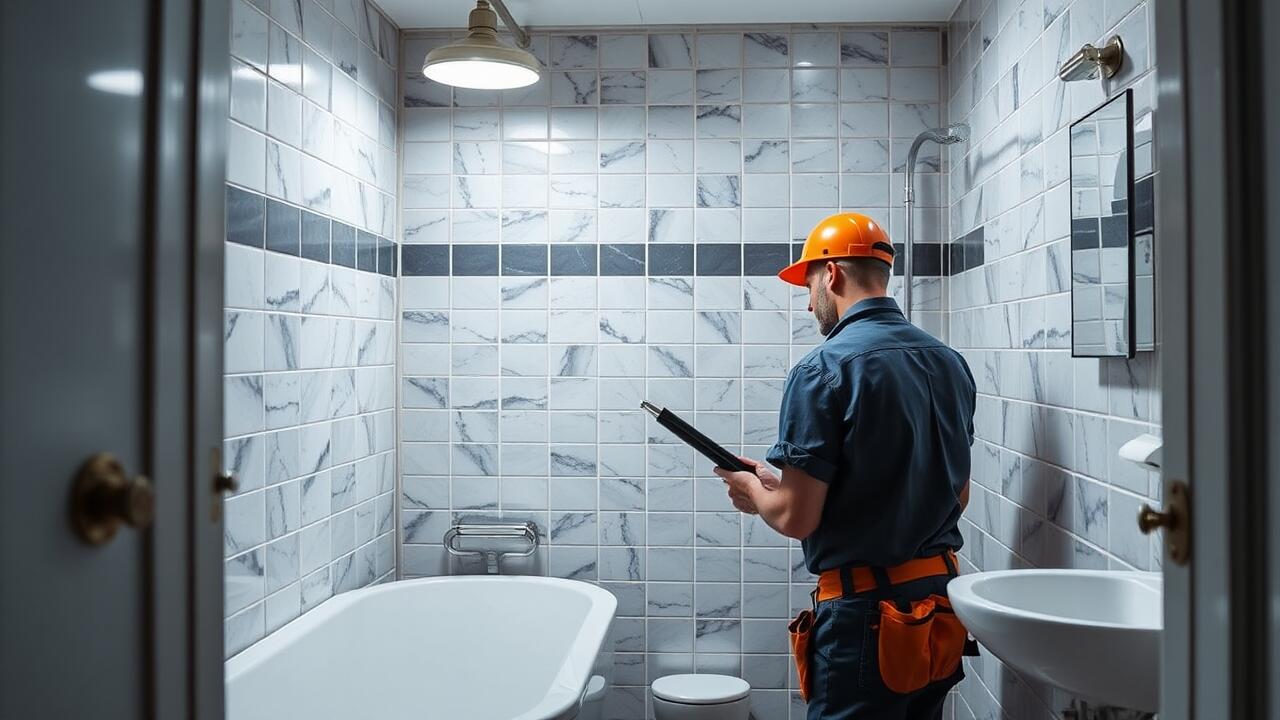
Financing Options for Bathroom Remodeling
When considering financing options for bathroom remodeling, homeowners in Northridge, Los Angeles, have several choices. Traditional savings could provide a straightforward approach. However, many find that loans offer the flexibility needed to cover unexpected expenses. Personal loans or home equity lines of credit can be viable routes, each with its own terms and interest rates. It is crucial to assess these options carefully, ensuring they align with individual financial situations.
Another popular financing choice is utilizing credit cards. For smaller projects, they can be a convenient option, especially if the card offers rewards or an introductory 0% APR period. It’s important to keep track of interest rates and repayment terms to avoid accumulating debt. Exploring these financing avenues helps homeowners make informed decisions while planning their Bathroom remodeling in Northridge, Los Angeles, ensuring the project meets both their needs and budgets.
Exploring Loans, Savings, and Credit Choices
When considering bathroom remodeling in Northridge, Los Angeles, exploring various financing options is crucial. Home equity loans and lines of credit are popular choices, allowing homeowners to tap into the equity built in their property. Personal loans can also be a viable alternative for those who prefer not to use their home as collateral. Understanding the interest rates and terms offered by lenders can help in selecting the best financial option suited for your budget.
In addition to loans, using savings for your remodel can provide a more straightforward approach without the burden of debt. Setting aside funds specifically for bathroom updates allows for greater flexibility in spending. Credit cards can also be utilized, especially for smaller expenses, but be wary of high-interest rates. Balancing these options will aid in creating a financial strategy that aligns with your remodeling goals.
The Importance of Prioritizing Features
When planning a bathroom remodel, understanding which features are essential versus those that are merely desirable is crucial. Homeowners often face the dilemma of balancing aesthetic appeal with functionality. Prioritizing must-haves such as adequate storage, efficient plumbing, and quality fixtures can enhance the daily experience in your space. Thoughtful consideration of these elements allows for a more streamlined design process, ensuring that the final outcome meets both practical needs and personal preferences.
Bathroom remodeling in Boyle Heights, Los Angeles, provides a unique opportunity to reflect local styles and accommodate the specific requirements of the space. By distinguishing between essential upgrades and nice-to-have elements, homeowners can allocate their budgets more efficiently. This focus not only helps in keeping the overall project on track but also minimizes the likelihood of overspending on features that may not significantly contribute to the bathroom's overall function or appeal.
Deciding on Must-Haves vs. Nice-to-Haves
When planning a bathroom remodel, distinguishing between must-haves and nice-to-haves is crucial. Must-haves typically include essential fixtures such as the toilet, sink, and shower. These components not only serve practical purposes but also contribute to the overall functionality of the space. Factors like plumbing and existing layout can heavily influence these decisions. Prioritizing these items ensures that the most critical aspects of the remodel remain within reach, allowing homeowners to create a space that meets their immediate needs.
In contrast, nice-to-haves can enhance the overall aesthetic and comfort of the bathroom without being essential. Items such as heated floors, luxurious finishes, or custom cabinetry might elevate the room’s appeal but can be adjusted or postponed based on budget constraints. Homeowners considering bathroom remodeling in Echo Park, Los Angeles, should carefully evaluate their preferences and financial capabilities. This thoughtful approach enables them to balance personal desires with practical limitations, ultimately leading to a satisfying remodel.
Hidden Costs to Anticipate in a Remodel
When planning for a bathroom remodel, many homeowners focus on visible expenses like materials and contractor fees. However, hidden costs can quickly accumulate, impacting the overall budget. Unexpected plumbing issues, outdated electrical systems, or structural repairs often emerge once work begins. This is especially common in older homes where previous renovations may not have been up to code.
Homeowners should also consider the potential for changes in design during the remodeling process. Decisions made in the middle of the project can lead to additional costs if adjustments require new materials or extra labor. In regions like Northridge, Los Angeles, fluctuating service fees and permits can add to the financial unpredictability. Being aware of these hidden costs can help ensure a smoother remodeling experience and prevent significant budget overruns.
Avoiding Budget Overruns with Proper Planning
Proper planning is critical for managing the costs associated with bathroom remodeling in Encino, Los Angeles. Homeowners should begin by establishing a clear budget that outlines preferred materials, labor costs, and any additional features. Researching average prices and gathering quotes from local contractors can provide a more accurate estimate. Incorporating a contingency fund of around 10-20% of the total budget can help alleviate the stress of unexpected expenses as the project progresses.
Anticipating potential hidden costs is essential for staying within budget. Homeowners may encounter issues such as outdated plumbing or electrical systems that need upgrading. Allocating funds for necessary repairs or adjustments can prevent surprises. Regular communication with contractors and setting milestones can also keep the project on track, ensuring that expenses do not spiral out of control. By approaching the remodel with a comprehensive plan, one can achieve the desired results without financial strain.
FAQS
What is the general guideline for how much I should spend on a bathroom remodel?
A common guideline is to allocate about 5% to 10% of your home's total value for a bathroom remodel, depending on the extent of the renovation you plan to undertake.
How can I finance my bathroom remodel?
You can consider various financing options, including personal loans, home equity loans, savings, and credit cards. Each option has its pros and cons, so it’s important to evaluate what fits your budget and financial situation best.
What should I prioritize when planning my bathroom remodel?
It’s essential to distinguish between must-haves and nice-to-haves. Prioritize essential features that will enhance functionality and value, such as fixtures, storage, and layout, while considering decorative elements as secondary.
What hidden costs should I be aware of during a bathroom remodel?
Hidden costs may include plumbing or electrical updates, unexpected repairs, permits, and finishing touches like tile and paint. Proper planning and budgeting for these potential expenses can help avoid budget overruns.
How can I avoid going over budget on my bathroom remodel?
To avoid budget overruns, create a detailed budget before starting your project, include a contingency fund (typically 10-20% of your total budget), and stick to your plan as closely as possible while allowing for flexibility in case of necessary adjustments.
